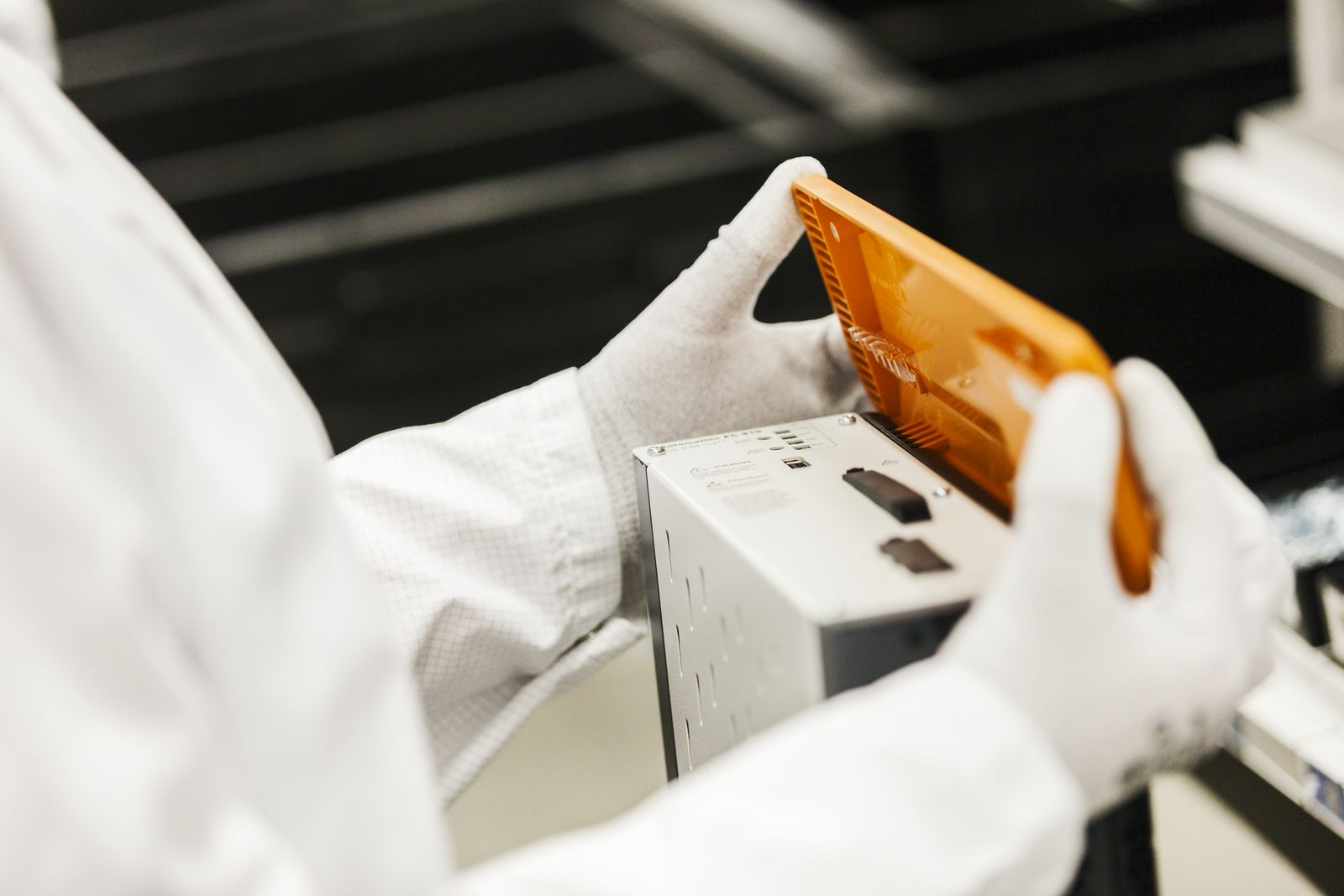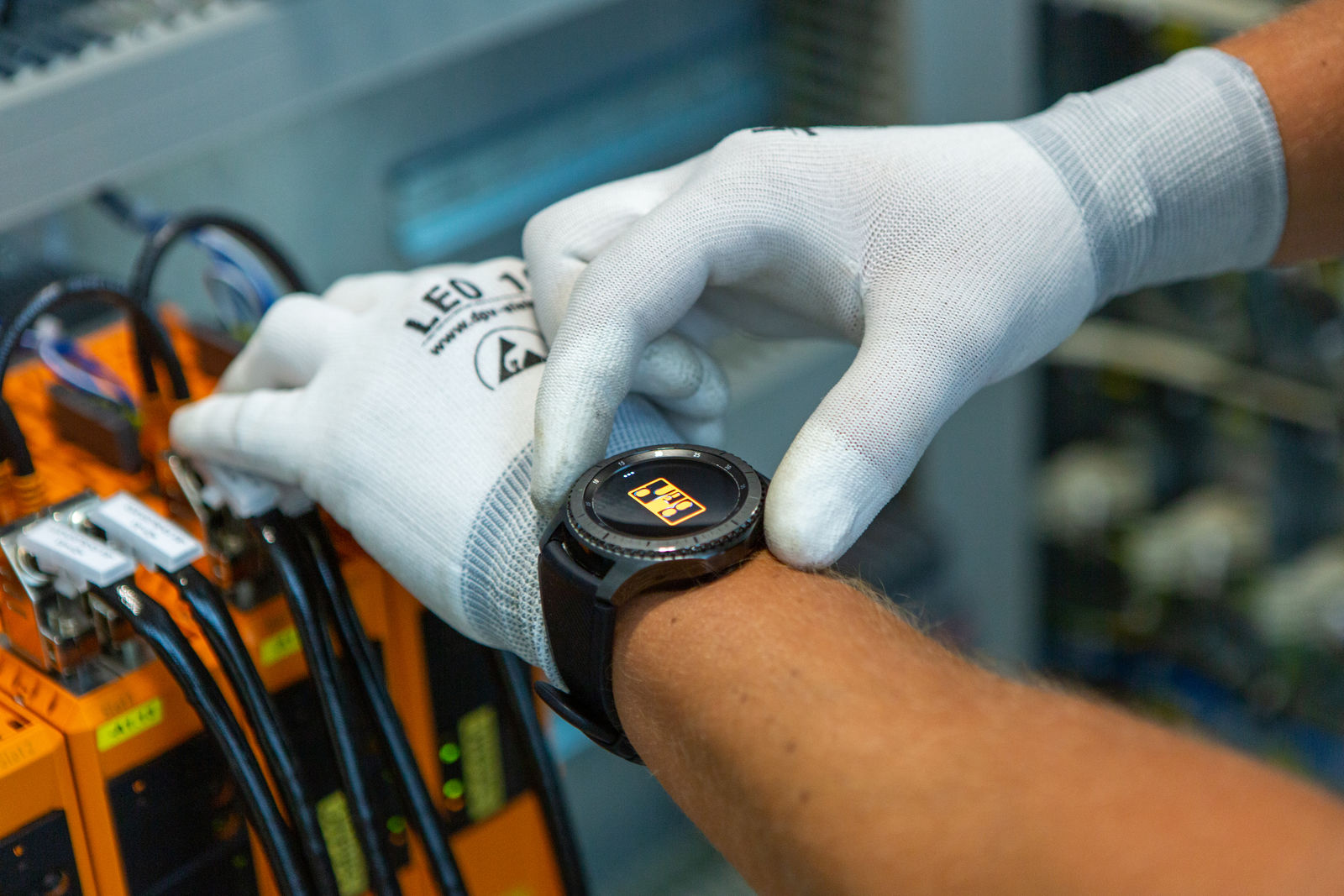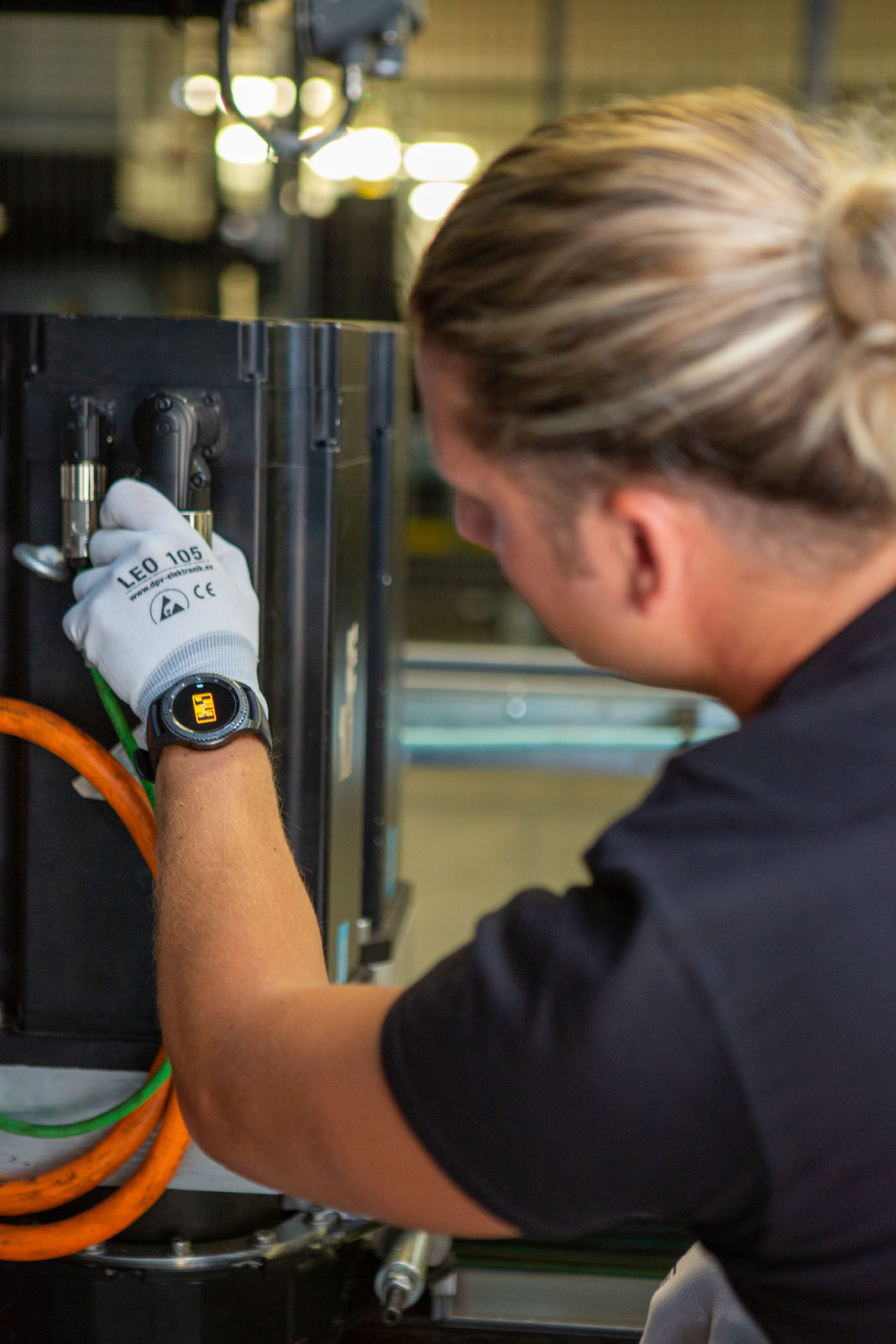Asked to imagine a digital factory, we likely picture a sterile shop floor entirely devoid of human operators. In their absence, artificially intelligent machines orchestrate every aspect of production with complete autonomy. In this case, however, the difference between imagination and reality is substantial. Digitized and connected as the smart factory may be, there remain many ways that it still relies on a human touch.

Industry 4.0 is all about connectivity throughout a company's entire value chain. Connected machines, products, systems and people allow processes to be executed with almost complete automation. Humans and machines operate hand in hand. For this cooperation to not only work, but work efficiently and profitably, both sides must be perfectly coordinated. The connected value chain should increase productivity, while at the same time improving the workplace experience. By taking over monotonous tasks, for example, automated processes and machines free up employees to focus on more demanding activities that make better use of their skills and potential.
Connected
At automation specialist B&R's headquarters in Eggelsberg, Austria, Industry 4.0 has been the name of the game for more than a decade – and the number of employees has been growing steadily all along. B&R's 40,000 m² smart factory is fully connected – both horizontally and vertically. This is made possible by an ERP system that optimizes the order processing schedule and ensures that the logistics run smoothly.
Workplace of the future
B&R has partnered with Upper Austria's University of Applied Sciences to develop the "human centered workplace for industry", or in other words: the factory of the future. Through the project, B&R hopes to provide even better support for its production employees and to improve the human-machine collaborative experience. The university is analyzing the current working environment and building a prototype workplace of the future in the lab. This allows them to test, for example, how workstations can be improved through new technology, such as augmented reality glasses.
Digitalization is the spice of life
B&R already has numerous worker-assistance systems in use. These are especially helpful in the production of industrial PCs. They make it possible to assign employees flexibly to a diverse range of tasks, while at the same time ensuring optimal quality. "Our PC production perfectly demonstrates the advantages of the digital factory," says B&R COO Robert Perperschlager, "After only brief training on a specific workstation, B&R employees are able to assemble any PC – despite there being up to 250 billion different configuration possibilities." With the factory of the future project, B&R is currently testing additional assistance systems. "Collaborative robots are playing an increasingly important role," explains Perperschlager, "giving employees a convenient 'third hand' when handling complex parts."

Digital instructions for each step
One of the solutions currently under evaluation would replace conventional displays with projections directly onto the workstation. The displays show the employee the work instructions for each step in the assembly process. "The great diversity of our PC portfolio makes it necessary to support our employees with work instructions. These are short sequences of images that explain precisely how the particular step is to be carried out," says Perperschlager.
Once the step has been completed, it must be confirmed in the system. B&R is testing the use of touchpoints to make this process more intuitive by adapting it to the employee's natural movements. The touchpoints can be attached to the employee's clothing, such as on a sleeve or glove, where they can quickly be touched to confirm the completion of each step. This simplifies feedback to the system considerably and eliminates unnecessary interruptions.
Smartwatch notifications
B&R is currently evaluating a new system that will support maintenance and repair technicians in their daily work. "In the event of an impending fault on one of B&R's production machines, a responsible employee would immediately receive notification on the smartwatch. This way, they can react quickly from wherever they happen to be within the B&R complex," explains Perperschlager. The system detects impending machine failures, sends this information to the ERP system, searches a database to determine which employee is qualified for the repair and displays the message on their smartwatch. There is no need for anyone to try reaching them by phone.

The smart maintenance system also prioritizes the incoming messages according to urgency. Notification of an imminent machine failure would be given the highest priority, while upcoming repairs that do not pose a threat to ongoing operation would be given the lowest priority. The smartwatch also vibrates with varying intensity depending on the level of urgency. When an event of the highest priority occurs, they know instantly without even having to look. They can drop whatever they are doing and immediately rush to the site of the incident.
Improved workplace safety
The smartwatch also provides maintenance staff with improved workplace safety. Until now, they would always have to take at least one hand away from what they are doing to take a phone call. "With the smartwatch, they've always got both hands free," says Perperschlager. "A slight twist of the wrist is all it takes to glance at the display." The notification remains onscreen until it has been seen and confirmed. Important repairs can be completed calmly before reading the message.

With ongoing additions to its assistance systems, B&R continues to develop its digital, connected manufacturing operations and demonstrate that humans will remain an essential lynchpin in the factory of the future. Intelligent machines and systems provide employees support and relief – but they are no substitute for them.
Author: Carola Schwankner, Corporate Communications Editor, B&R
